Water scarcity and soil salinisation are major problems in many parts of the world. In many countries, people lack the resources to access new water sources or to effectively treat and reuse it.
Today we know working with chemicals is far from future proof. In contrast, the application of sustainable technologies to treat water and soil has far-reaching positive impacts. This goes some way to explaining the continual progress and adoption of cutting-edge water treatment technologies.
"The effectiveness of these technologies obviously depends on all kinds of circumstances, but often a combination of different approaches can lead to even better results," Raymond Lescrauwaet explains. As a commercial technical specialist, he works with the Swiss multinational Aqua4D, which developed a water-smart technology for treating water - with a hugely positive impact on soil, plants and irrigation management. “In our region (the Netherlands) these applications still have a somewhat exclusive character, but for growers elsewhere in the world it is a great help. As far as Aqua4D is concerned, we already have more than 1500 systems running in horticulture and agriculture in Europe, the U.S., South America, Central Asia, and Africa. There are several examples of growers with many hundreds or even thousands of hectares, who have spectacularly improved their soil thanks to Aqua4D, and now save more than 20 percent of their water consumption (such as, for example, at this apple grower in Turkey and this spinach grower in Spain). This is without chemicals or maintenance costs, and often directly connected to solar panels.”
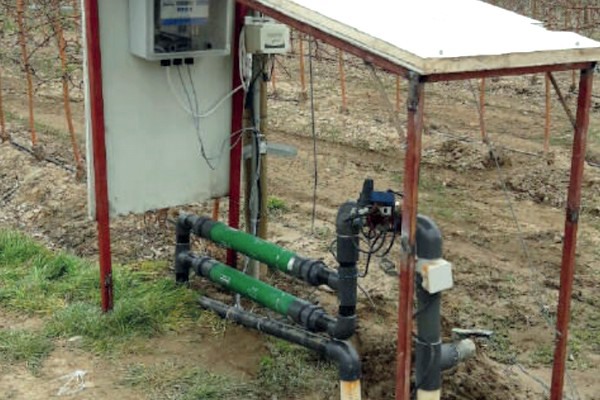
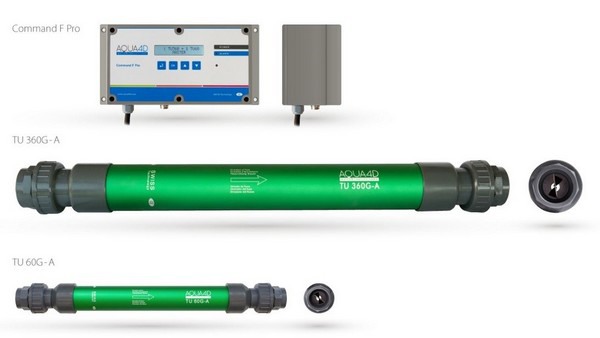
Water-smart technologies for efficient and optimized irrigation
However, the point here is not to promote Aqua4D specifically, nor other technologies. The key consideration here is that these technologies can often be perfectly combined with other smart innovations to create a cascade of positive effects. With Aqua4D the water itself is treated - the water molecules. These are restructured by breaking hydrogen bonds (explanation in Dutch here), so that nutrients are better absorbed, leaching is better, soil health is optimized, improved nematodes are controlled, and more. “Because this technology refines the molecular water structure, it basically improves the overall irrigation efficiency, taking it to its higher level of precision,” adds Lescrauwaet.
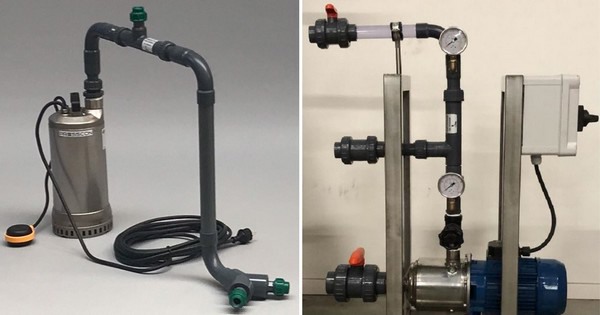
Another option and promising technology could be enriching water with oxygen. Oxygenated water means healthy, 'living' water, which plants and soil life can use well. That is why it is beneficial to add, and research is ongoing for ways to dissolve more oxygen in water, even more than is possible with existing technologies.
A successful example of this is the Vital Oxidizer, a product from manufacturer Presscon. Here, water under pressure is pushed through a special constricted section in a pipe (for the technicians among you: cavitation occurs in the water via a venturi effect). This then allows the absorption of more oxygen molecules (other positive effects occur, which cannot be fully explained yet). Raymond Lescrauwaet explains: “Oxygen in water is crucial for water quality. Less oxygen means, among other things, fewer (beneficial) bacteria and more germs, which prefer a low-oxygen environment. In addition, without oxygen organic waste is hardly broken down and pollutes water silos and pipes.” Because the aforementioned Aqua4D technology refines the molecular water structure, very likely more oxygen as 'nano particles' can be absorbed and these also will remain available longer. This certainly raises the intriguing possibility of combining both Aqua4D and Vital Oxidizer. This is exactly what’s now happening, with pilot projects starting in, among others, cucumber, bell pepper, tomatoes, chrysanthemums and lisianthus, in cooperation with JVR tecmar.”
Adding CO2 to decrease pH?
So far so good, but there are yet further new technological possibilities which help alleviate common problems in horticulture. For example, every grower recognizes the problem of a too high pH in drainage water. Water with a pH that is too high – or, indeed, too low - will absorb less nutrients and there will be a shortage of other naturally occurring raw materials.
“The grower therefore adds nitric acid or phosphoric acid to bring that pH value down. But that has a downside: it involves many thousands of liters per year and is corrosive and harmful to the plant”. These are the words of crop advisor Arno Westhoven, who has recently taken on the task of introducing an alternative to the horticulture sector. "It's simple: add CO2 to water and the pH value goes down," says Arno. “In the world of fish tanks and fish farms, everyone is familiar with that, in a large variety of different industries it has applications, but strangely enough it has not yet become well-known in horticulture. CO2 is good for growth, people are investing hundreds of thousands to pump it into the greenhouse, but the neutralizing effect on irrigation water has surprisingly not been noticed much.”
Using CO2 in the water means an improvement of the water quality. Nutrients are better absorbed, so that also less (unnecessary) evaporation takes place. The consequence is also that the need for plant protection products is decreasing, as a result of which, cultivation automatically becomes more sustainable and more environmentally friendly. In addition, algae as well as mineral deposits are greatly reduced.
The concept behind adding CO2 is largely similar to that of the Vital Oxidizer (i.e. through a venturi). The CO2 injection technique SOLVOCARB® was developed by the industrial multinational gas giant Linde, but although this company is interested in fish farming, so far it has not focused on horticulture. Arno Westhoven therefore came up with the idea of introducing it into this world on their behalf. “That is how I came into contact with Raymond Lescrauwaet and now we try to show growers what is still possible to improve their water quality in a sustainable way.”
In horticulture there are now a number of users of CO2 injection venturi systems, as well as a golf course operator and a large football club. A system will soon be installed at a greenhouse for the first time - a large chrysanthemum grower – for a practical trial.
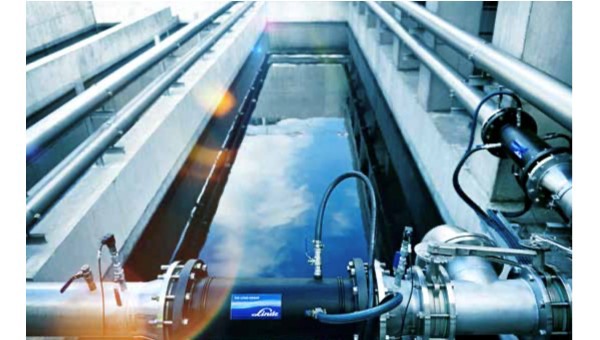
Ultrasonic treatment
Another problem all growers will recognize is that of biofilm and algae. “Algae are indeed a major problem for many horticultural businesses,” says Yves Peeters, technical advisor at Maritech. This company applies ultrasonic technologies - in other words, producing specific sound waves to achieve a certain result. “Think of cleaning of equipment or removing biofilm or other deposits. But there is another nice effect: after research - in particular by the Belgian researcher and inventor Thomas Hillaire - it turned out that algae could be killed with low-power (ultrasonic) sound waves.”
This technique has now been making its way into water basins all over the world over the past two decades. The actual device can easily be installed in water pipes using a T-section, or be placed on a float on the water surface. The sound waves it emits collide with the weak single-celled algae, which literally receive a blow. This will cause a crack in the cell membrane of the vacuole and they will die.
Yves Peeters explains: “The effect is mild, the waves are so weak that no side effects occur. The big advantage is that no chemistry is involved; you create a stressful environment in which algae and some other micro-organisms cannot grow, and which also prevents the formation of biofilm. Moreover, the ultrasonic signal is composed in such a way that no resistance can be built up.”
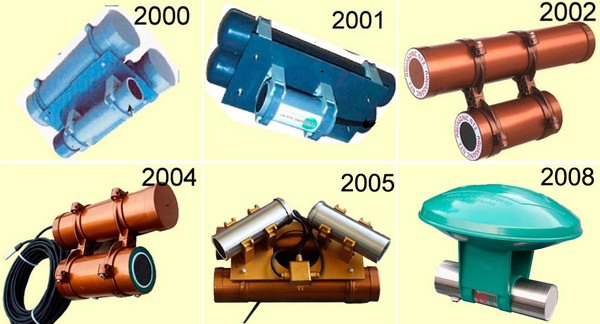 Evolution of versions
Evolution of versions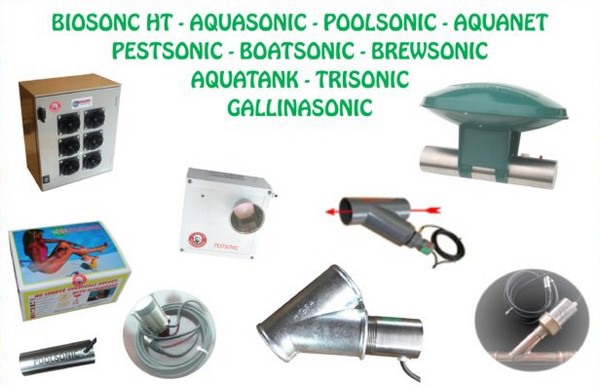
The technologies developed by Thomas Hilaire – namely Aquasonic and Biosonic - are already widely used in lettuce and tomato crops, in which one is often confronted with pathogens such as phytophthora, pythium and fusarium.
There is also an application in recreational lakes and fish ponds, in which the technology attacks the blue-green algae. Finally, a major advantage of the technique is that no movement or circulation is required, which also makes it possible to treat standing water.
Sustainable opportunity, sustainable profits
In conclusion, we can say that examining water quality and acting on it is practically always useful. Improvements can be achieved in almost every crop by optimizing the condition of the available irrigation water and safeguarding it from often unnecessary pollution. In this way, water itself is a sustainable opportunity, producing more with less.
For more information:
Raymond Lescrauwaet
Aqua4D-Lescrauwaet BV
E: [email protected]
Arno Westhoven
Westhoven Agro Advies
E: [email protected]
Yves Peeters
Maritech CV
E: [email protected]










